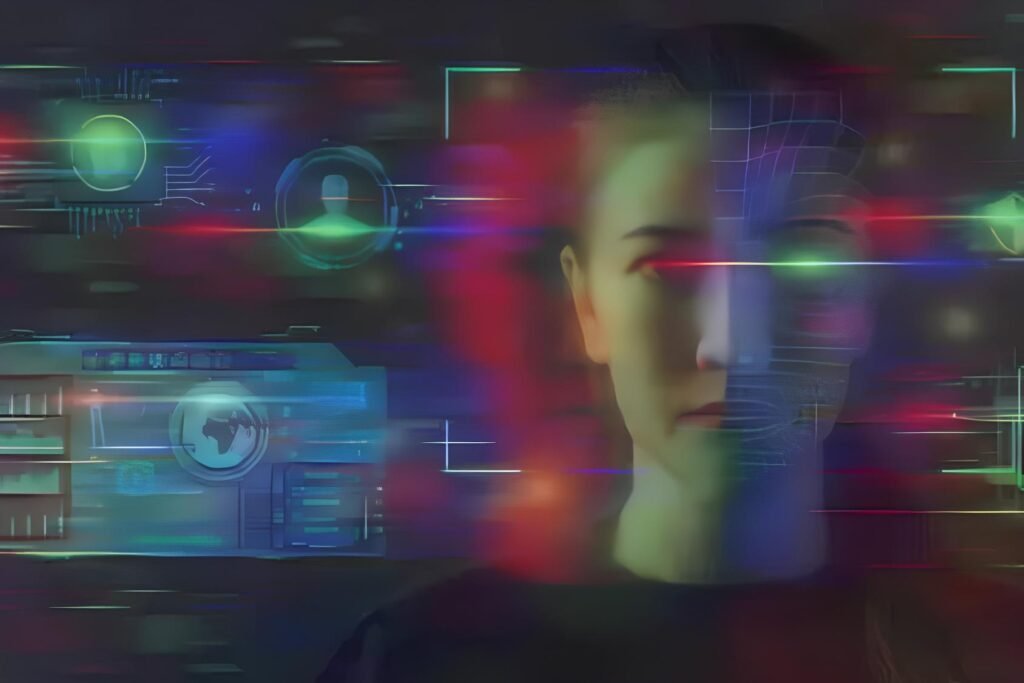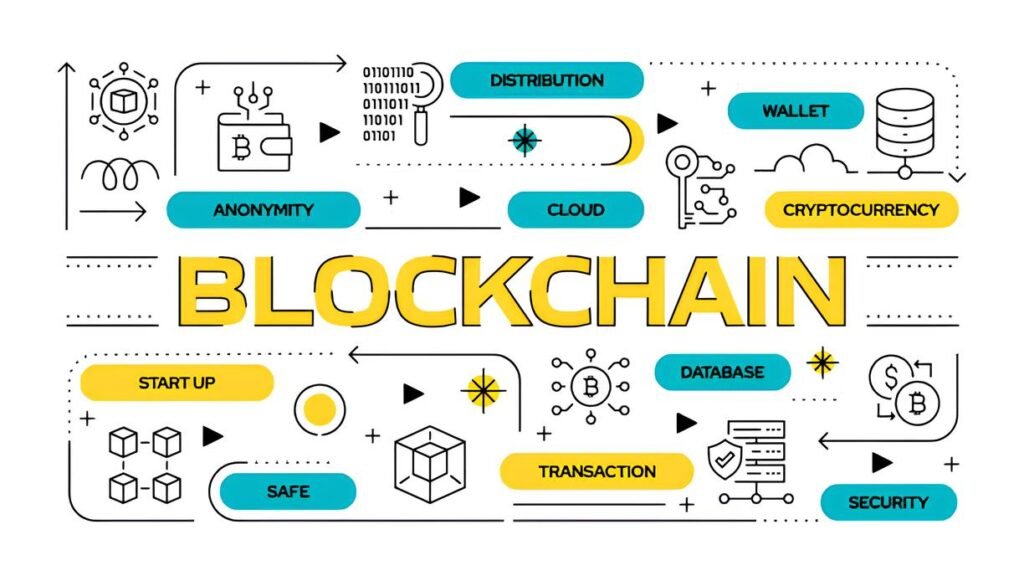In an era where technology constantly blurs the line between reality and fiction, an unsettling phenomenon has quietly taken hold beneath the surface of the internet. Picture a world where anyone’s face, voice, and mannerisms can be mimicked perfectly—without their consent or knowledge. Already challenging the fabric of trust online, these manipulations have now become an increasingly accessible service tucked deep within layers of secrecy. How did we get here, and what does the rise of AI-generated deepfake services on the darkest corners of the web mean for privacy, security, and society at large?
In This Article
The Technology Behind AI Deepfakes
The striking realism of today’s deepfakes is the result of breakthroughs in artificial intelligence and machine learning. At the core lie generative adversarial networks (GANs), a type of AI that pits two neural networks against each other: one generates fake images or videos, while the other evaluates their authenticity. Over multiple iterations, the generator improves until the falsified content becomes nearly indistinguishable from real footage.
Earlier deepfakes required significant manual editing skills and computing resources, but modern AI frameworks have dramatically lowered the barrier to entry. Open-source tools, pre-trained models, and cloud processing power allow even novices to produce convincing face swaps, lip-sync videos, and voice mimics within minutes.
From Concept to Commercial Service
While the early buzz around deepfakes focused on entertainment or satire, there’s been an alarming shift toward commercialization and weaponization. Today, AI-generated media can be purchased or custom-ordered through increasingly sophisticated platforms, some of which operate under the cover of anonymity in dark web marketplaces.
This evolution owes much to the availability of ready-to-use AI models, many open source or rented through flexible cloud APIs. Even mobile apps now offer deepfake filters that apply face swaps in real time, fueling mass familiarity and lowering sensitivity to their risks.
Dark Web Marketplaces Fueling Deepfake Services
The dark web has become a breeding ground for illicit services that trade in identity manipulation, misinformation, and deception. Deepfake services fit perfectly into this ecosystem, where anonymity and encrypted payment systems shield providers and clients from detection.
Unlike surface web platforms, dark web marketplaces often offer tailored deepfake videos designed for blackmail, political interference, and social engineering attacks. These services range from generic face swaps to hyper-personalized content targeting specific individuals, offering “proof” that can destroy reputations or incite conflict.
- Customization Options: Buyers can specify target faces, desired script or audio, and even background settings.
- Delivery Formats: Services deliver videos, images, or audio files, often with guarantees of evading forensic detection.
- Payment Anonymity: Cryptocurrency transactions, especially Monero, obscure the financial trail.
Darknet vendors typically emphasize operational security and counter-surveillance. Some even bundle anonymity tutorials, including guides on using Tor safely or advice on avoiding metadata leaks—an intersection you can explore further in How to Stay Anonymous on the Darknet in 2025: A Beginner’s Guide.
Because these deepfake services operate covertly, they often evade law enforcement unless linked to major harm incidents. Users and victims alike face a long road to legal recourse or containment.
Ethical and Security Implications
The proliferation of AI-generated deepfake content carries profound societal risks. Beyond personal harm, these technologies threaten to destabilize public trust by making fabricated evidence more believable.
Some notable concerns include:
- Personal Reputation Damage: Victims are often individuals targeted with non-consensual sexual content, fraudulent testimonials, or false incriminating evidence.
- Political Manipulation: Deepfakes have been deployed for disinformation campaigns, eroding democratic processes and fomenting social unrest.
- Financial Crime: Impersonations used for fraud, deception, or extortion have increased as deepfake audio and video become tools in sophisticated scams.
Dark web deepfake providers frequently promise “zero traceability,” a claim that dangerously misleads their clients. In truth, forensic AI tools are evolving rapidly to detect subtle inconsistencies invisible to human eyes.
At the same time, the accessibility of these services invites unregulated usage that can spiral into unpredictable consequences, especially when coupled with other darknet activities like ransomware, blackmail marketplaces, or illegal content trading.
Blurred Lines: Legal Challenges
Regulating AI deepfakes remains challenging—particularly across international borders and anonymized transactions. Some regions have enacted laws criminalizing malicious deepfake creation, but enforcement lags far behind the technological curve.
Furthermore, users may inadvertently become entangled in dangerous darknet ecosystems or expose themselves through poor operational security (OPSEC). For those concerned with precautions, our insights on Security Checklists for New Darknet Users can provide practical guidance.
How to Spot AI-Generated Deepfakes
Despite impressive advances, no deepfake is flawless. Skilled viewers and forensic tools can still uncover telltale signs of AI manipulation if you know where to look.
Common indicators include:
- Unnatural blinking or eye movement: Subtle human eye behavior often appears off or mechanical.
- Inconsistent lighting and shadows: Mismatched reflections or inconsistent light directions can betray synthesis.
- Odd facial distortions: Slight warping around mouth corners or jawlines, especially during speech.
- Audio-visual mismatch: Voice may lack natural inflections or lag behind lip movements.
Several browser-based tools and AI detector services are emerging to scan video content automatically. Yet, these require careful, expert interpretation—especially as deepfake technology grows more sophisticated.
If you come across suspicious content online, cross-reference with multiple trusted sources and verify with independent fact-checking organizations before drawing conclusions.
Towards Combating Deepfake Abuse
The battle against malicious deepfakes requires a multipronged approach involving technology, legislation, education, and community vigilance.
Some promising developments include:
- AI Detection Tools: Governments and private companies are investing in forensic technologies that analyze videos for synthesis artifacts and inconsistencies.
- Digital Watermarking: Emerging standards embed cryptographic signatures in legitimate media to certify authenticity.
- Legislative Action: More jurisdictions are drafting specific laws criminalizing nonconsensual deepfake creation and distribution.
- Public Awareness: Educational campaigns aim to raise understanding of deepfake risks and encourage skepticism toward sensationalist content.
Additionally, privacy-focused individuals and organizations recognize that practicing strong operational security is essential to reduce exposure. This mindset extends to using tools that anonymize presence online, such as trusted VPNs combined with Tor, or specialized operating systems designed to prevent data leaks and maintain user pseudonymity. For a deeper understanding of protecting your digital footprint while navigating hidden services, see our article on How to Build a Digital Pseudonym That Doesn’t Collapse Under Pressure.
FAQ
Q: Are all deepfakes created through AI tools on the dark web?
A: While AI is the primary method for high-quality deepfake generation, non-AI techniques and manual edits still exist. However, the dark web’s deepfake services usually leverage AI for efficiency and realism.
Q: Can AI-generated deepfakes be used ethically?
A: Yes, AI deepfakes have creative and educational use cases, such as film production, video game development, and historical recreations. Ethical use depends on consent and transparency.
Q: How can I protect myself from becoming a deepfake target?
A: Maintain awareness of your digital presence, avoid sharing sensitive or compromising media publicly, and stay informed about security practices. If you suspect misuse, seek legal advice promptly.
Q: Is there any foolproof way to detect deepfakes?
A: No detection method is perfect, but combining human scrutiny with AI forensic tools improves reliability. Always question extraordinary or emotionally charged content until verified.



